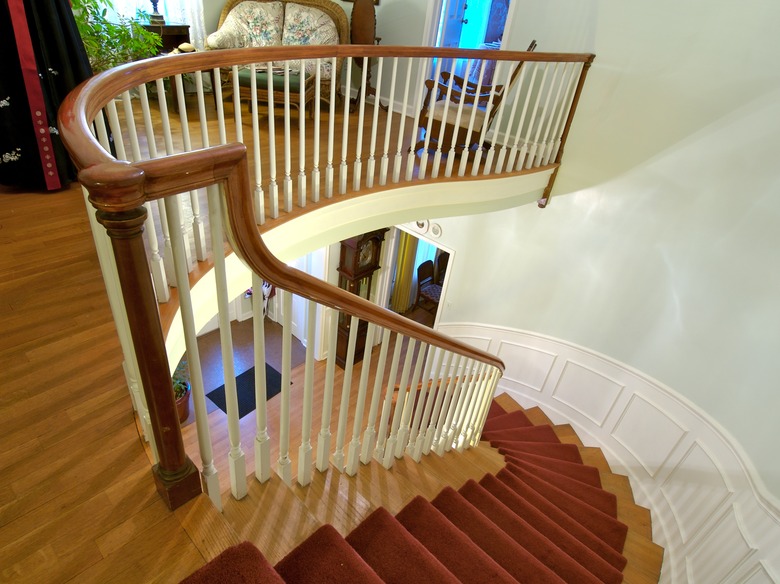Is A Pad Necessary For A Carpet Runner On Stairs?
Carpet on stairs can cushion the descent down the flight and cut back on the racket when kids, pets or guests ascend the staircase to the second floor. A well-done stair runner installation can greatly improve the look of the staircase as well as improve the safety of the structure. A pad can help the overlying carpet to last longer. It not only raises the runner but increases the comfort level as well. Wood stairs with a runner are much safer and are pleasing to look at as you go about your day.
Benefits of a Stair Pad
Benefits of a Stair Pad
A stair carpet runner with a pillowy pad adds more than just a pretty piece of fabric along the steps that lead to the second floor. Wood stairs with a runner leading up to the second floor can be a beautiful addition to an otherwise dull living space. A colorful, cushioned runner can make the staircase a more inviting place to traverse as well as add to the aesthetic of the room. The proper runner and underlying pad can provide a nonslip surface on a slick flight of wooden stairs. A quality pad that is installed correctly can also greatly reduce the amount of noise from computers, televisions or table talk that can bounce off the surface of the wood steps and travel upstairs to reach sleeping infants or resting guests, disturbing an otherwise peaceful space. The safety quotient of wood stairs with a runner increases significantly when a pad and carpet runner are properly installed.
Preparing for Stair Runner and Pad Installation
Preparing for Stair Runner and Pad Installation
It's not terribly hard to install padding on a staircase, but it does take patience and the proper tools. From looking at the typical runner and pad, it would appear that it is a continuous piece as it snakes from the top floor down. However, to fit well, padding needs to be fitted and placed perfectly on each stair tread so it doesn't slip around under the fabric of the runner. Remove any old strips of tackless carpeting glue or tacks that are stuck to the foot treads. Use a putty knife to scrape off any padding or glue left behind from previous padding installations. Be gentle because you don't want to cause divots that could compromise the installation of the new carpet padding. Vacuum or sweep each floor tread to remove dust and debris. The surface should be as clean as possible so the pad will firmly adhere to the wood.
Stair Runner Installation
Stair Runner Installation
Use a handsaw to cut the tackless strips to which the carpet padding will be secured. Cut the strips at least a half inch smaller than the width of the carpet runner that will be installed over the padding. On the top stair tread, center a tackless strip ¼ of an inch from the back edge of the tread. Nail it in place so that the strip leans toward the riser. At ¼ inch from the top of the tread, nail another tackless strip on the riser with the points pointing down. Continue to do this for each step that the runner will cover. Cut the padding the same width of the tackless strips that have been put down. It should be three inches longer than the tread depth in order to get around the nosing. It can be adjusted later. Staple the padding a few inches along the back edge for a tight fit. Trim any extra padding for a smooth finish. Each step needs this careful attention when installing the pad along the entire flight of stairs.
